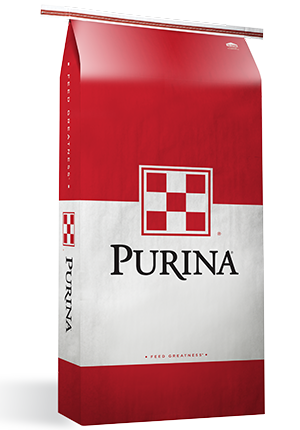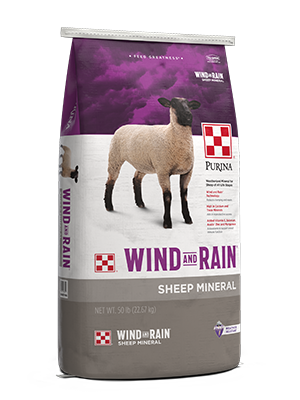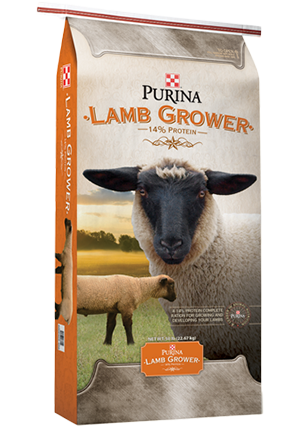
What to Look For in a Lamb Milk Replacer
Wellness : Health
Wellness : Nutrition

The right nutrition from the start can help develop a healthy animal that is profitable and performs well throughout its lifetime. A quality lamb milk replacer delivers key nutrients to support each lamb’s health and enhances management practices for all levels of sheep producers. Choosing a milk replacer designed specifically for lambs means that the nutrient profile is targeted exactly for their species-specific needs.
A lamb milk replacer should offer key features which help young growing lambs thrive, these include:
In addition to increased growth rate, other potential benefits of high quality milk replacer include:2
References:
1DiPastina A and Cherney D. (2015) Evaluating the growth of lambs under artificial and natural rearing methods. Cornell University.
2 Frederiksen K, Jordan R, Terrill C. Rearing lambs on milk replacer diets. United States Department of Agriculture Farmers Bulletin Number 2270. 1980.
Features for a Successful Flock
After feeding ewe colostrum or colostrum replacer to help support the development of the immune system, the next step is evaluating the feeding program to determine when to include milk replacer to provide optimal lamb nutrition. For at least the first 30 days of life, feed lamb milk replacer for bonus, orphan, weak or small lambs. Ample, high-quality nutrition coupled with an adequate supply of fresh, clean water and a comfortable environment, contributes to a healthy foundation in the flock.A lamb milk replacer should offer key features which help young growing lambs thrive, these include:
- Fatty acid profile: Formulated similar to ewe's milk to support lamb growth.
- Proper balance of fat and protein: This supports efficient growth for healthy and energetic lambs.
- Essential oils: Support areas such as gut health, feed-to-gain ratio and nutrient absorption.
- Prebiotic: Supports an optimal microbiome and immune health.
- Preservation system: Allows for hand feeding or free-choice feeding.
Benefits for the Bottom Line and Beyond
The benefits of feeding a milk replacer for bottle lambs can be seen in an operation’s bottom line and the lamb’s lifetime performance. Research has shown that lambs fed LAND O LAKES® Ultra Fresh® lamb milk replacer have optimal average daily gain at 0.66 pounds per day as compared to 0.62 pounds per day for lambs naturally reared.1In addition to increased growth rate, other potential benefits of high quality milk replacer include:2
- Optimal levels of digestibility and utilization.
- Ingredients that are easy to mix and stay in suspension.
- The ability to market more ewe’s milk.
- Tailored care to bonus, orphan, weak or small lambs.
The Right Nutrition Builds a Healthy Foundation
Sheep producers are dedicated to ensuring their flocks are nourished and healthy from the start. This dedication leads to longevity in the health and productive performance of their animals, starting with a milk replacer. Creating a strong and healthy foundation in lambs can set them up for a lifetime of success.References:
1DiPastina A and Cherney D. (2015) Evaluating the growth of lambs under artificial and natural rearing methods. Cornell University.
2 Frederiksen K, Jordan R, Terrill C. Rearing lambs on milk replacer diets. United States Department of Agriculture Farmers Bulletin Number 2270. 1980.



